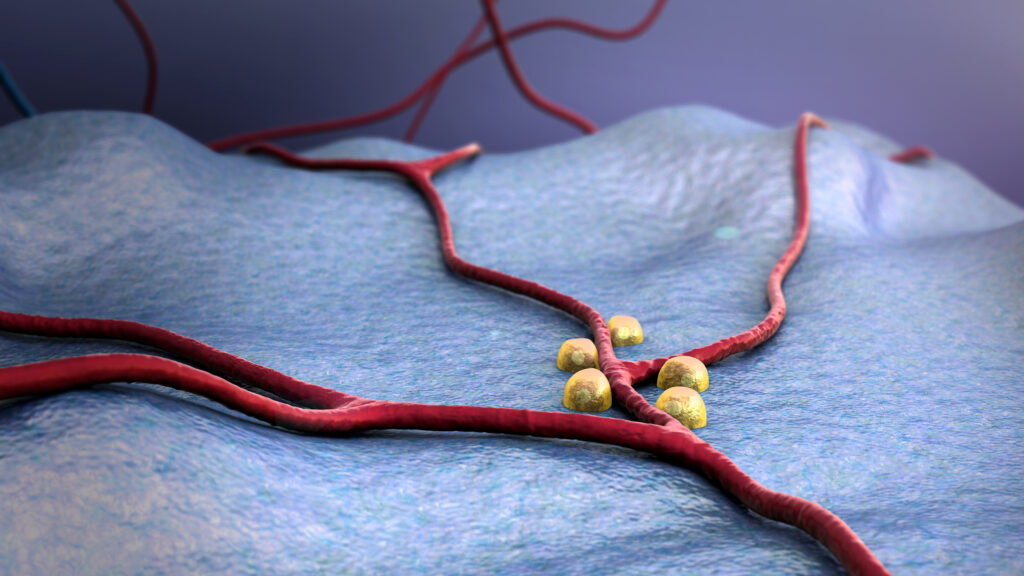Tolerance is the holy grail in calming autoimmune disease, a truce in the immune system’s faulty battle against the body’s own fabric. In type 1 diabetes, immune fighters attack beta cells in the pancreas that produce insulin, the hormone that controls glucose levels in the blood.
Scientists have tried to enlist defenders in the form of regulatory T-cells, or Tregs, extra white blood cells whose job is to tamp down the misguided immune response. A paper published Wednesday in Science Translational Medicine describes a Phase 2 clinical trial that infused an expanded version of patients’ own Tregs into 110 children and adolescents newly diagnosed with type 1 diabetes. It was intended to preserve their remaining insulin-making cells.
advertisement
It didn’t work. Four types of Tregs (pronounced T regs) were first extracted and then expanded in a lab before being reinfused. The cells were accepted into their bodies at low and high doses, but like the participants who received a placebo infusion, they also saw their beta cells continue to decline over the year they were followed.
That’s not the end of the story. Yes, the result is a negative finding, senior author C. Alice Long said in an interview, but there are lessons to be learned and new questions to be answered. The trial was larger than other pilot studies attempting to show in people the progress scientists had seen in lab dishes.
“From the positive perspective, the Tregs can be expanded in a larger trial and given to individuals,” said Long, an associate member of the Benaroya Research Institute in Seattle, where she leads a translational immunology lab. “It answered some remaining questions in the field of whether just simply increasing the number of polyclonal Tregs is sufficient for efficacy, and it is not.”
advertisement
Jay Skyler, a professor at the University of Miami Miller School of Medicine and deputy director of the Diabetes Research Institute, wasn’t surprised that the Tregs were not effective, calling it “a reach” that they would be. His institute was one site for the study, but he was not involved in the research.
“What is important is that it was demonstrated that this was safe,” he told STAT. “It shows us that these cells can be expanded, that you can ship cells that you collect at clinical sites to a central facility and expand them, ship them back, they can be improved. And this can be done safely.”
Then there’s a counterintuitive finding: In the trial, participants whose Tregs didn’t expand as much before being reinfused had a better outcome. That means all Tregs aren’t the same, so simply increasing their number isn’t going to solve the problem, Long said.
Technologies such as single-cell sequencing and epigenetics might shed light on what’s different between people and their Tregs. “I think the expansion’s likely changing the Tregs or maybe amplifying some of these defects,” she said. “I don’t have proof of that, but the fact that the greater expanders are associated with worse response implies that there might have been something that happened in the expansion process there.”
Skyler said the side finding was interesting but “we need to understand this biology a little bit better in order to be able to interpret that.” In his view, it will take more than one approach to solve the problem.
“We’re going to need to have a combination of approaches, even some sequentially, some simultaneously, to really stop the disease process because there’s several things going on.”
One drug for type 1 diabetes was approved in 2022 by the Food and Drug Administration, an antibody therapy called teplizumab that slows disease progression in its earliest stages. The challenge is finding people who can benefit from the immunotherapy before they develop symptoms that meet criteria for a type 1 diagnosis.
For people newly diagnosed, a number of companies are trying to find ways to engineer Tregs to be more potent and more specific. “I’m very optimistic that it’s going to be one of the arrows in our quiver that we use to try to stop the type 1 diabetes disease process,” Skyler said about this engineered approach.
He foresees a quadruple therapy that includes dampening inflammation, enhancing beta cell health, arresting aggressive immune response, and then improving Treg function.
“I still think that we need people pursuing Tregs, but not necessarily polyclonal Tregs,” he said. “I think that’s what the study shows.”
Long is encouraged by the study’s suggestion that Treg expansion could be used to sort out differences among people with type 1 diabetes.
“We’re testing hypotheses that could inform the manner in which new questions are asked,” she said. “I really want to emphasize that there is huge value in a clinical trial, regardless of the clinical outcome.”
STAT’s coverage of chronic health issues is supported by a grant from Bloomberg Philanthropies. Our financial supporters are not involved in any decisions about our journalism.

